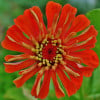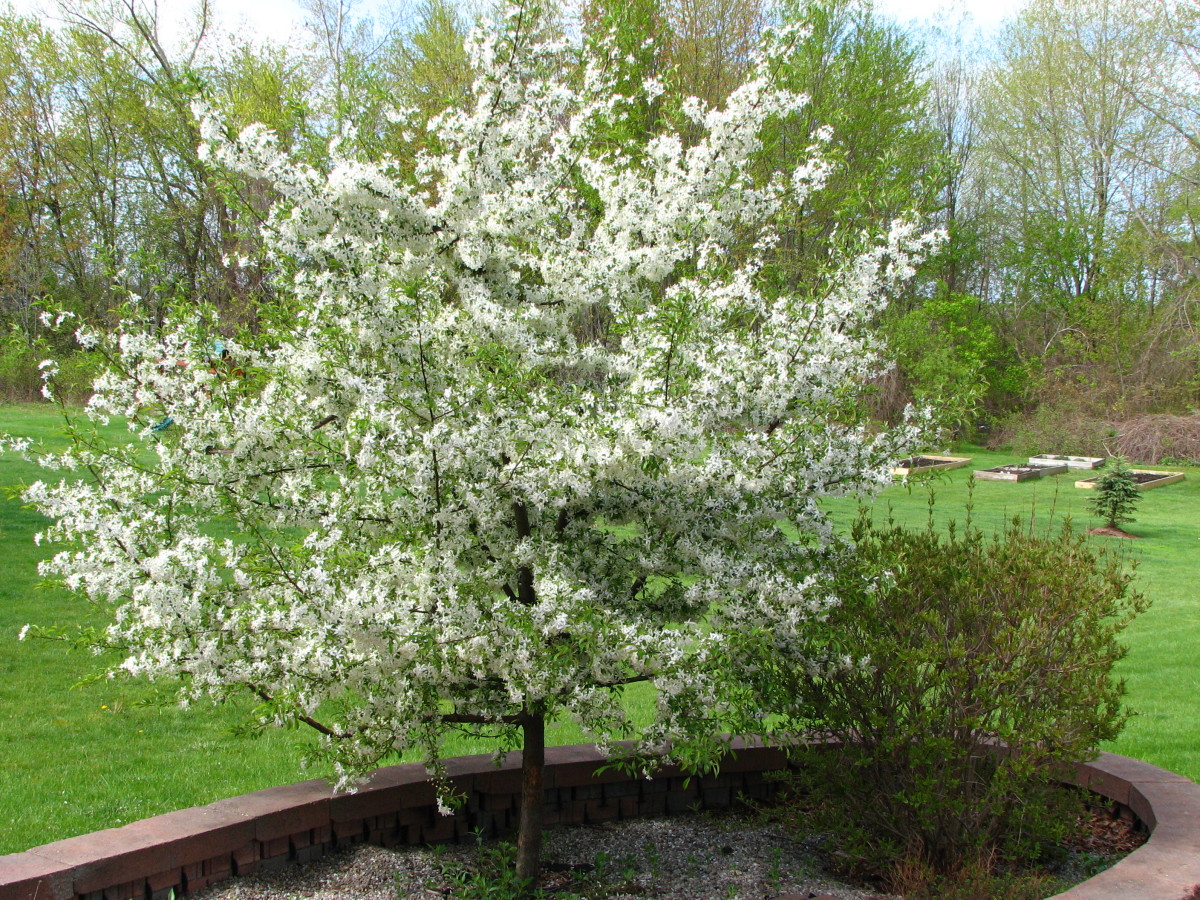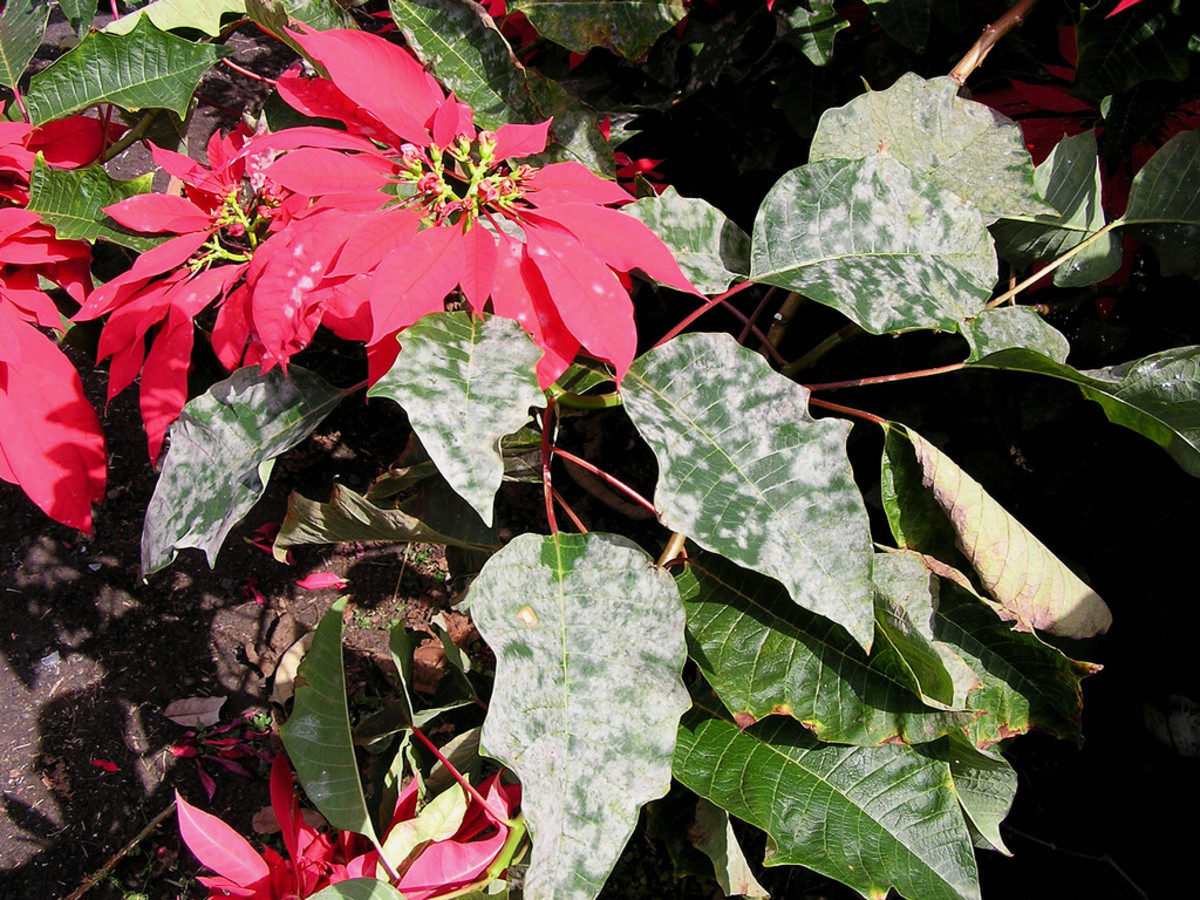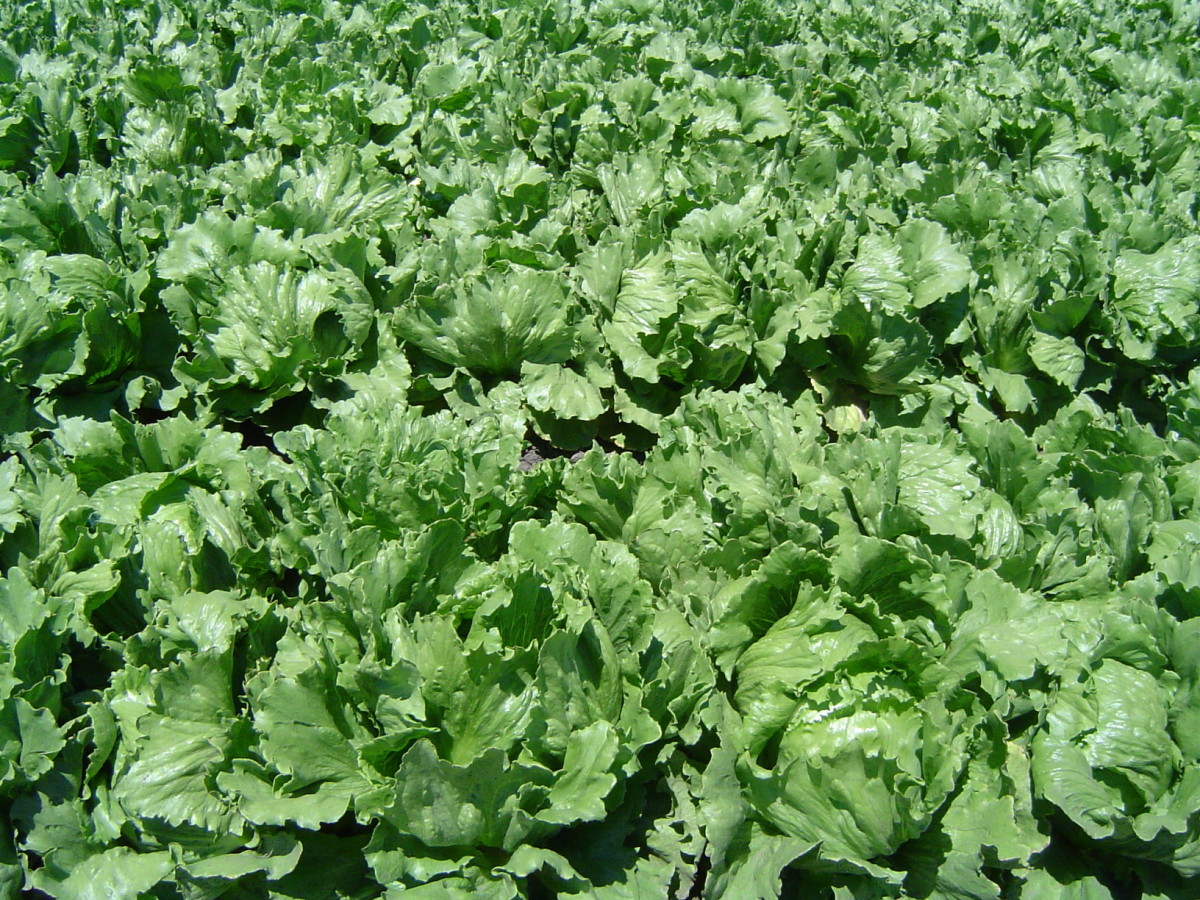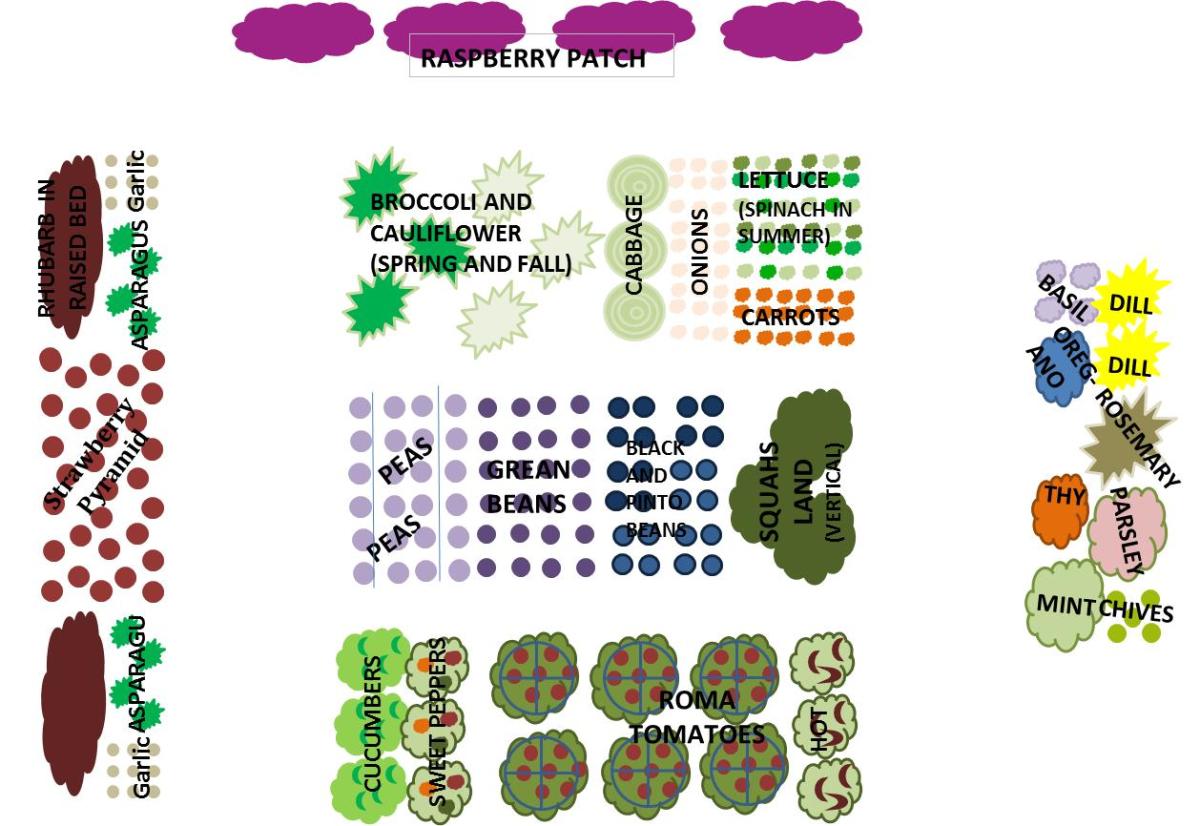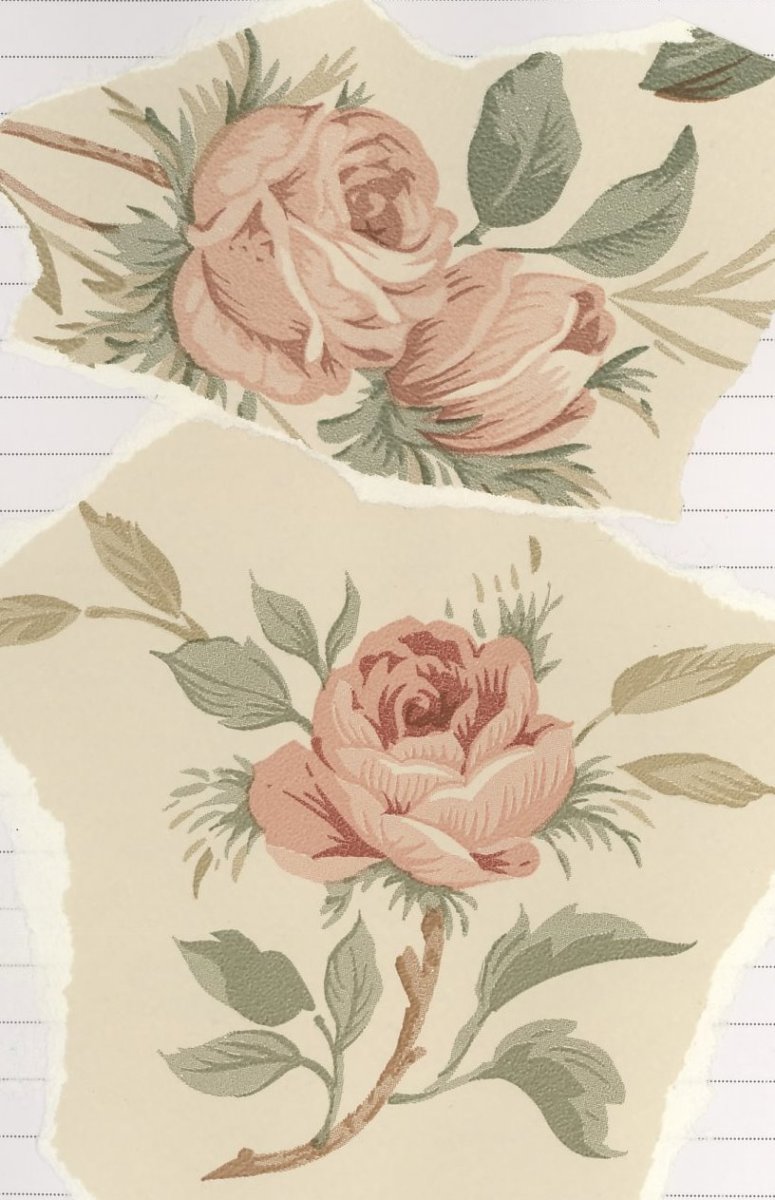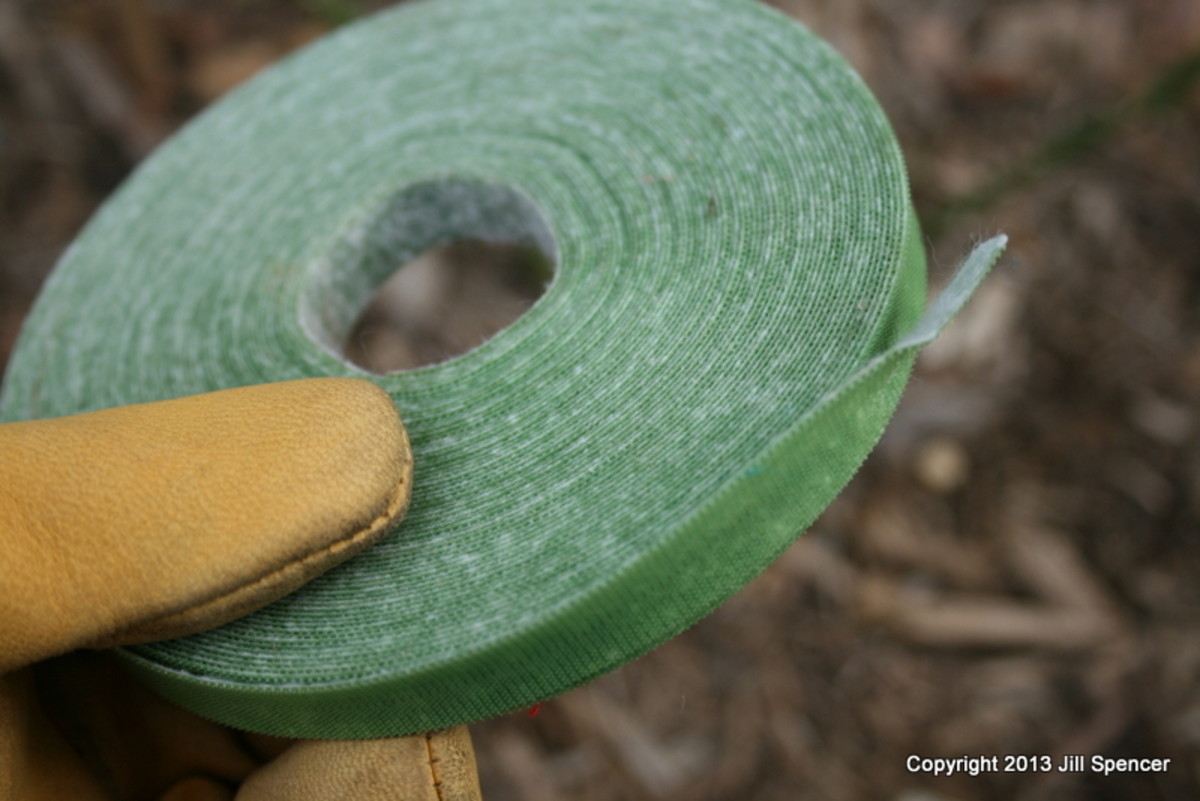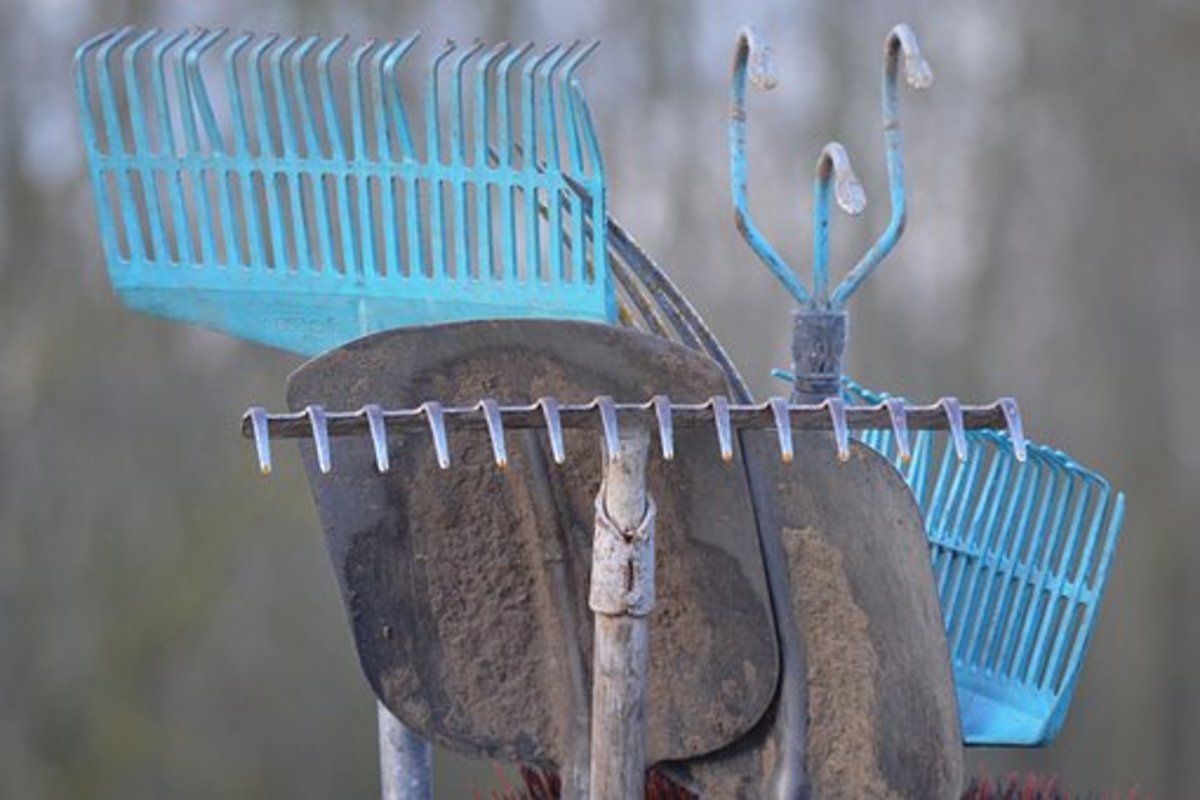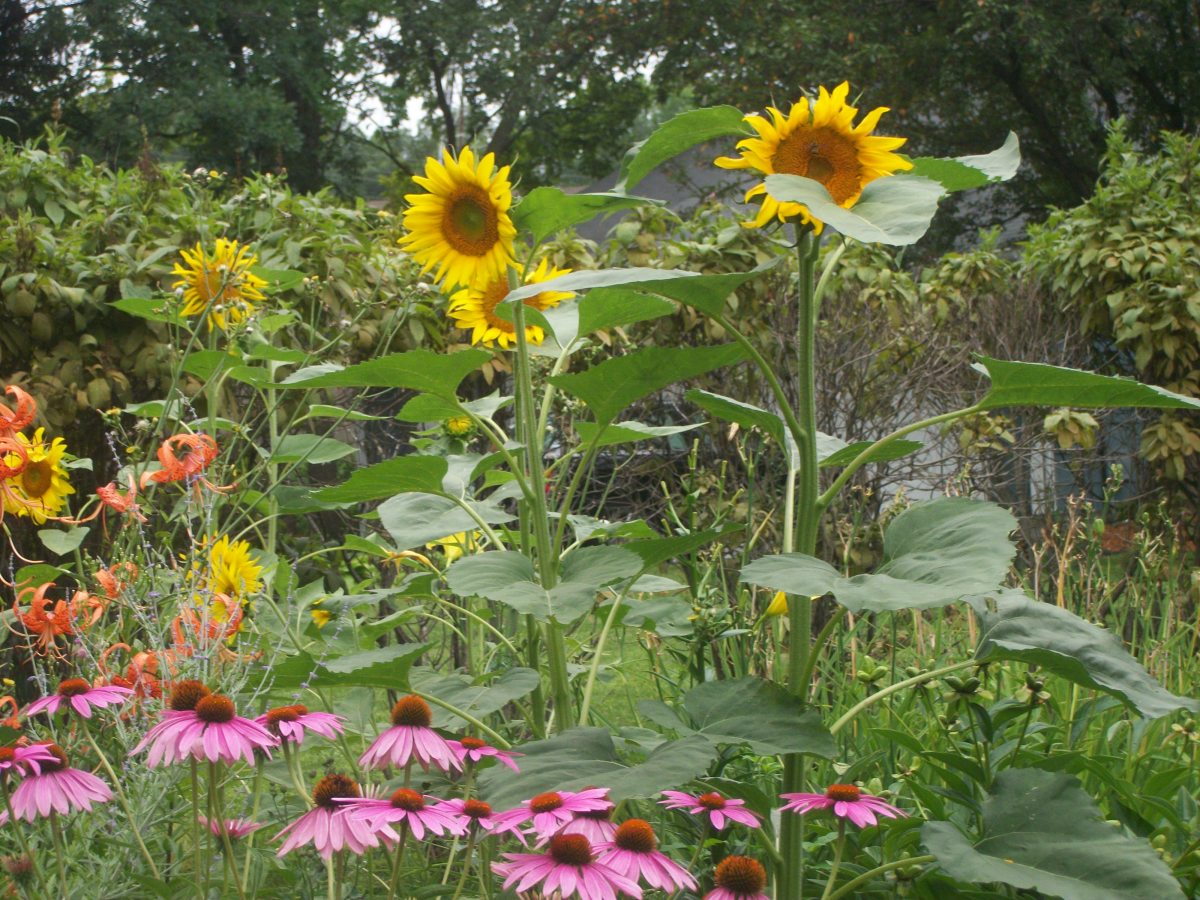Mildew in Gardens - How to Identify & Treat
HOW TO IDENTIFY & TREAT MILDEW IN GARDENS
Mildew in gardens is caused by various fungi that rely upon damp conditions in order to grow and reproduce.
If you have mildew in your garden, it's most likely either downy mildew or powdery mildew. Powdery mildew is the most common of the two, and it's the easiest to identify.
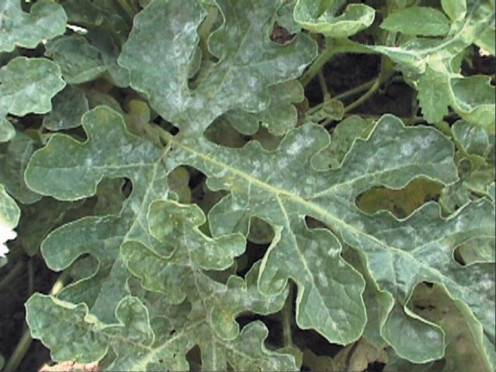
How to Identify Powdery Mildew
Plants infected with powdery mildew have white powdery growth on their leaves, shoots and flowers.
To assure that a plant has powdery mildew and not some other problem, test the white growth with your fingernail. Because powdery mildews are superficial, they can easily be scraped away.
Although powdery mildew affects the appearance and health of plants, it rarely kills them.
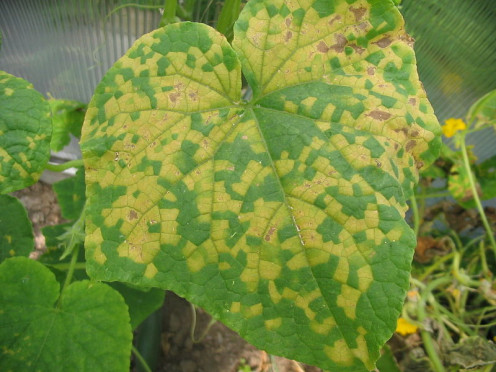
How to Identify Downy Mildew
Unlike powdery mildew, downy mildew infects plants on the inside, within their tissues, and its symptoms vary depending upon the plant affected and the fungus causing the mildew.
A downy mildew infection results in the formation of fungal spores (sporulation) on the underside of leaves. The sporulation, which is soft and fluffy, may be gray, brown, purple or white.
Symptoms may also include mottled, yellow leaves; angular yellow, black or purple leaf lesions; stunting; and curled leaves.
Downy mildew's appearance varies depending upon the fungi involved & the plant infected.
Susceptible Plants
| Appearance
|
|---|---|
Broccoli, Collard Greens, Cabbage & Other Brassicas
| Tops of leaves develop greenish-yellow spots; undersides of leaves develop grayish-white fuzzy mold.
|
Cucumbers, Muskmelons & Other Cucurbits
| In late summer, older leaves develop yellow spots on their tops and fuzzy gray spots on their undersides.
|
Grapes
| Tops of leaves develop yellow spots, sometimes with dark rings around them; underside of leaves develop white fuzzy mold.
|
Onions, Leeks, Garlic & Other Alliums
| Older leaves develop white or purple mold.
|
WHAT CAUSES MILDEW IN GARDENS
Conditions that Promote Powdery Mildew
What causes powdery mildew? Warm days and cool, humid nights provide the perfect conditions for the various fungi that cause powdery mildew to grow--on leaves, the tips of plants and young stems, creating chains of fungal spores that appear as a white powdery substance to the naked eye.
During the day, these spores spread to other plants, carried by the wind. At night, when it's humid, they germinate. In this way, if left unchecked, powdery mildew may spread throughout a garden.
Mildew & Your Garden
Which mildew a problem in your garden?
Conditions that Promote Downy Mildew
While powdery mildew develops in warm weather, downy mildew usually does so when it's cooler, anywhere from 50 to 75 degrees F.
Like powdery mildew, downy mildew needs high humidity in order to germinate. It also needs a film of water. Plant leaves that are wet for long periods of time are prone to downy mildew.
The fungal spores that cause downy mildew are spread by both wind and water.
HOW TO PREVENT MILDEW IN GARDENS
How to Prevent Powdery Mildew & Downy Mildew
Because the various fungi that cause mildew in gardens need humidity and wetness in order to germinate, engage in the following practices. They'll either keep the humidity down in your garden or otherwise lessen the likelihood of your plants becoming infected.
Mildew-Resistant Bergamot
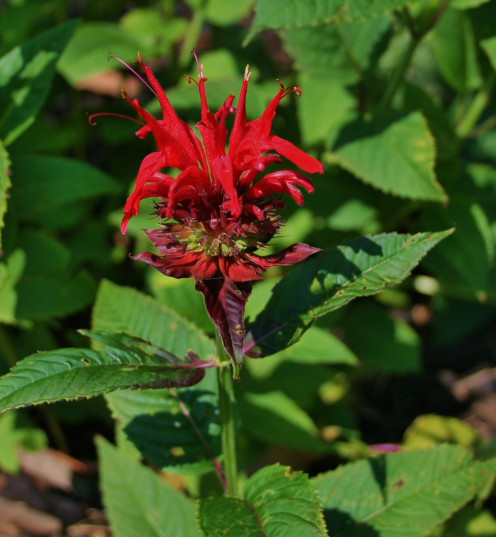
12 Ways to Prevent Mildew
- Prune plants to assure good air circulation. Snip out crossed branches, small stems and dead or diseased material, especially at the centers of plants, to improve air flow and keep humidity down. To assure clean cuts, use by-pass pruners.
- Remove and discard plants that are infected with mildew. Alternatively, snip off and destroy infected plant parts.
- Clean up infected debris from around plants. Mildew spores may remain dormant on the debris and, when conditions are right, germinate, reinfecting your plants.
- Leave adequate spacing between plants. Like pruning, proper spacing allows air flow and reduces humidity.
- Place plants in areas that provide adequate sunlight.
- Avoid overhead watering. Overhead watering wets plant parts, increasing humidity and creating the perfect conditions for fungal spores to germinate. Employ drip irrigation, use soaker hoses or water by hand at the plant's base to keep the humidity down and lessen the likelihood of mildew.
- Like overhead water, avoid watering at night. It increases humidity -- and the likelihood that your plants will develop powdery mildew. Without the sun's rays to dry them sufficiently, stems and leaves remain wet overnight, giving spores opportunity to germinate.
- Don't apply nitrogen-rich fertilizer in late summer. Nitrogen will encourage new growth, which is most susceptible to mildew, just when conditions are right for powdery mildew to develop.
- Never compost plant parts that are infected with mildew. Because fungus spores will remain in the compost, composting plants affected by mildew will spread the problem throughout your garden. When conditions are right, the spores will germinate, and you'll have mildew in your garden in places you've never had it before. Yuck!
- Avoid working in your garden when it's wet. By splashing water and generally mucking about in the mud, you could help spread the fungal spores that cause mildew in the garden.
- If plants in your vegetable garden have mildew, use floating row covers to protect other plants from infection.
- Select hybrids that are mildew resistant. Many mildew-resistant plants are now available, including mildew-resistant roses, vegetables and turf grass.
HOW TO TREAT MILDEW IN GARDENS
How to Treat Powdery Mildew
If, despite your best efforts, the powdery mildew in your garden becomes severe, consider treating it with a fungicidal spray, such as a horticultural oil, or a fungicidal dust.
Before purchasing, be sure to check the product label. The label will tell you if the treatment is appropriate for your infected plants. If you're treating bean plants, for example, you may not be able to use a fungicidal spray that contains sulfur, as some types of legumes react adversely to them.
How to Treat Downy Mildew
The best way to deal with downy mildew? Dispose of the plants in your garden that are infected.
If that's out of the question, apply fungicide. If your garden has a history of downy mildew, apply fungicide before the symptoms appear. Doing so will dramatically improve your chances of successfully combating downy mildew.
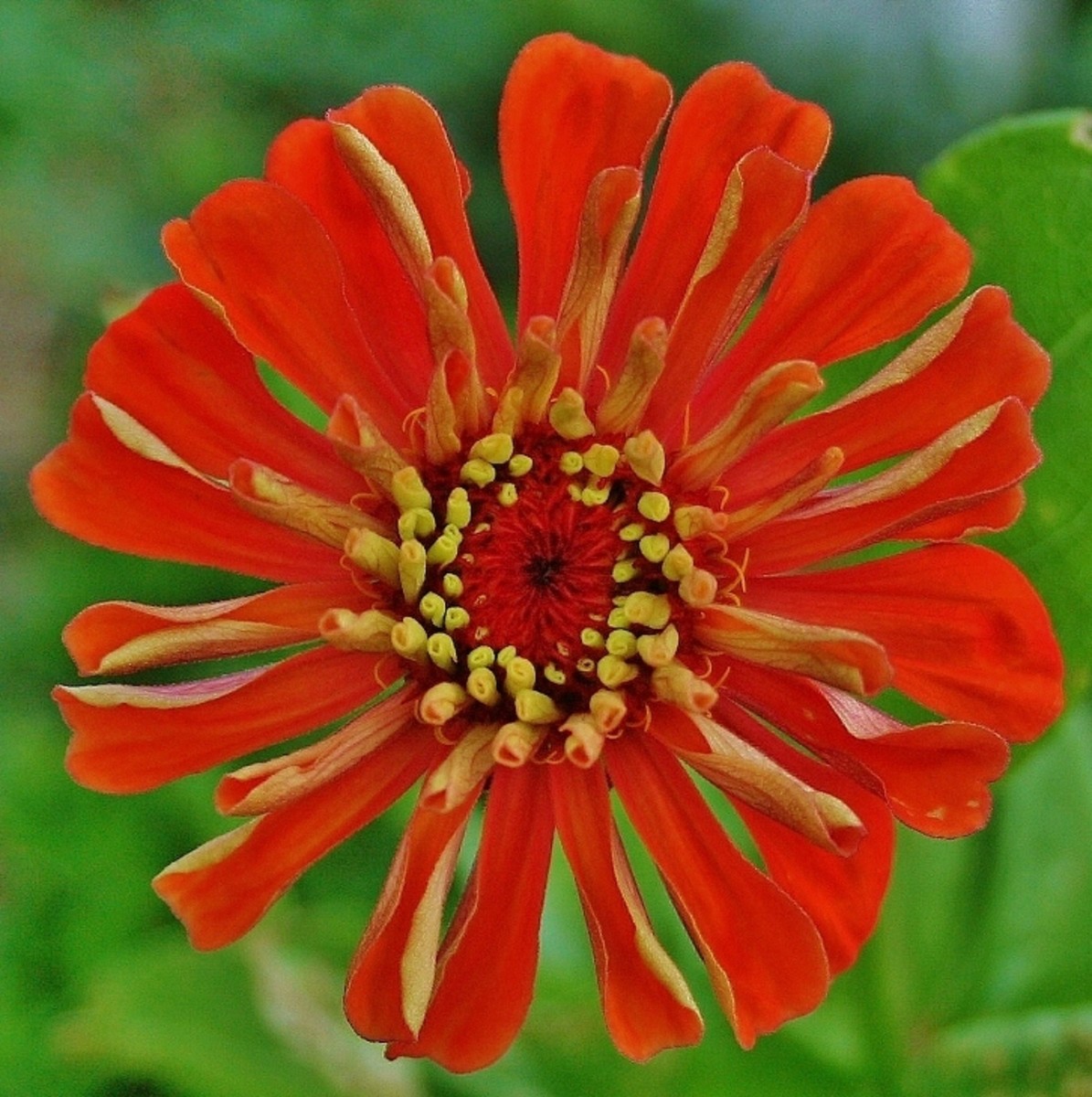
About the Author
The Dirt Farmer has been an active gardener for over 30 years. She first began gardening as a child alongside her grandfather on her parents' farm. Today, The Dirt Farmer gardens at home, volunteers at community gardens and continues to learn about gardening through the MD Master Gardener program.
